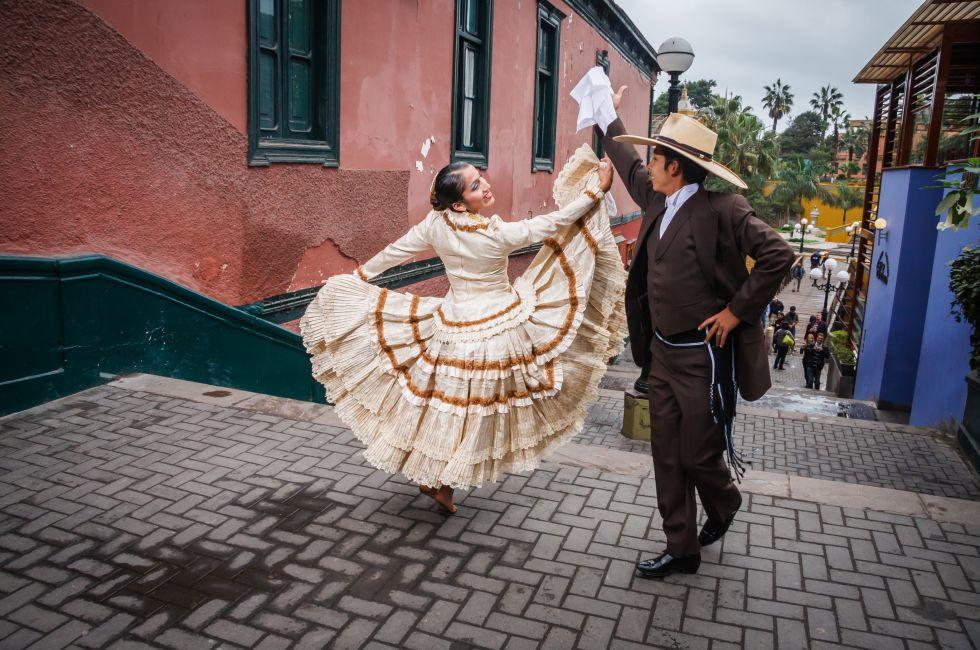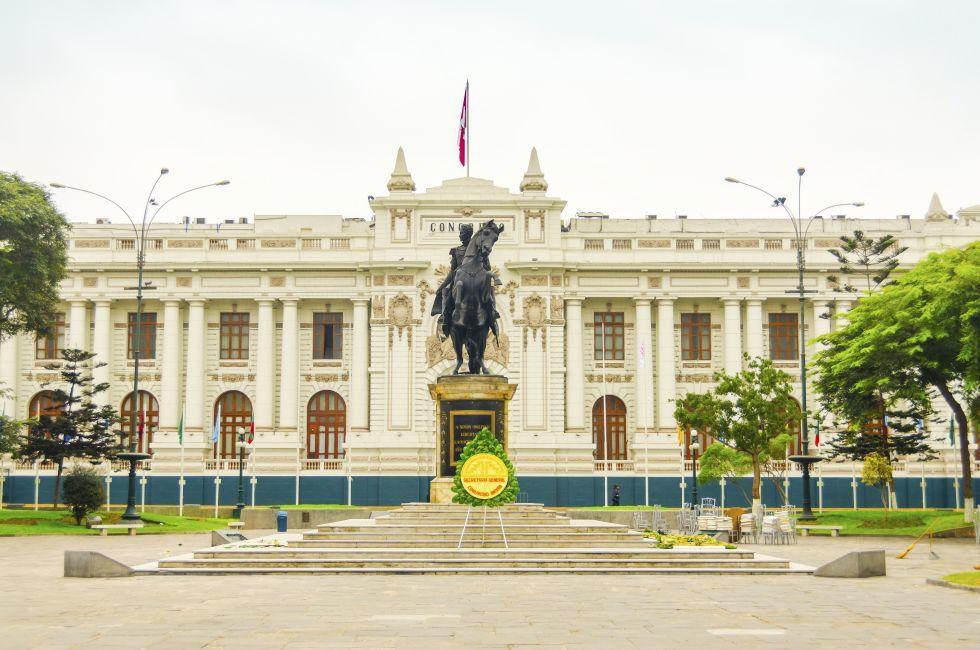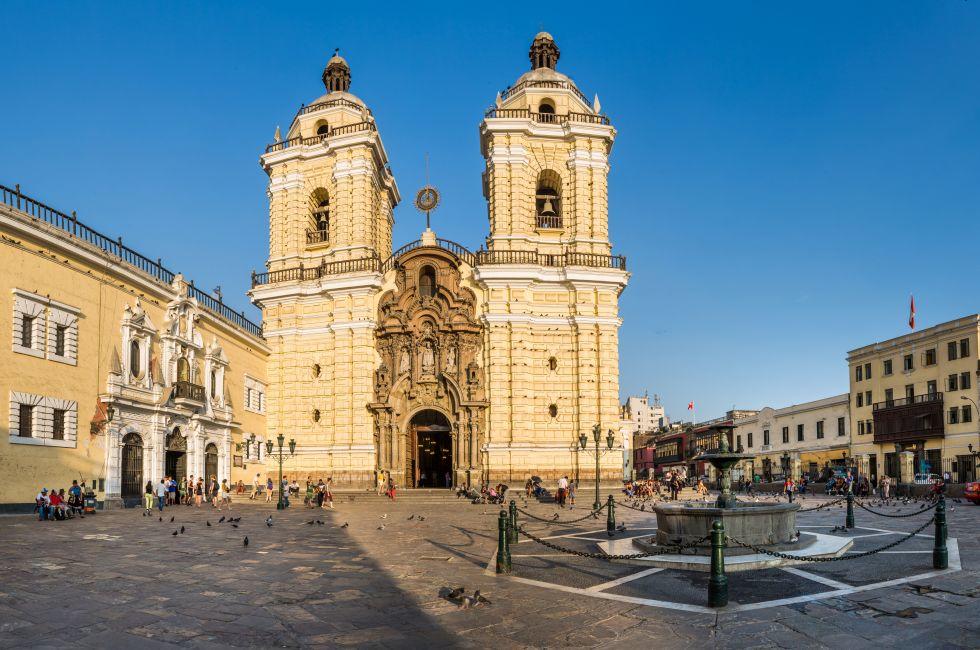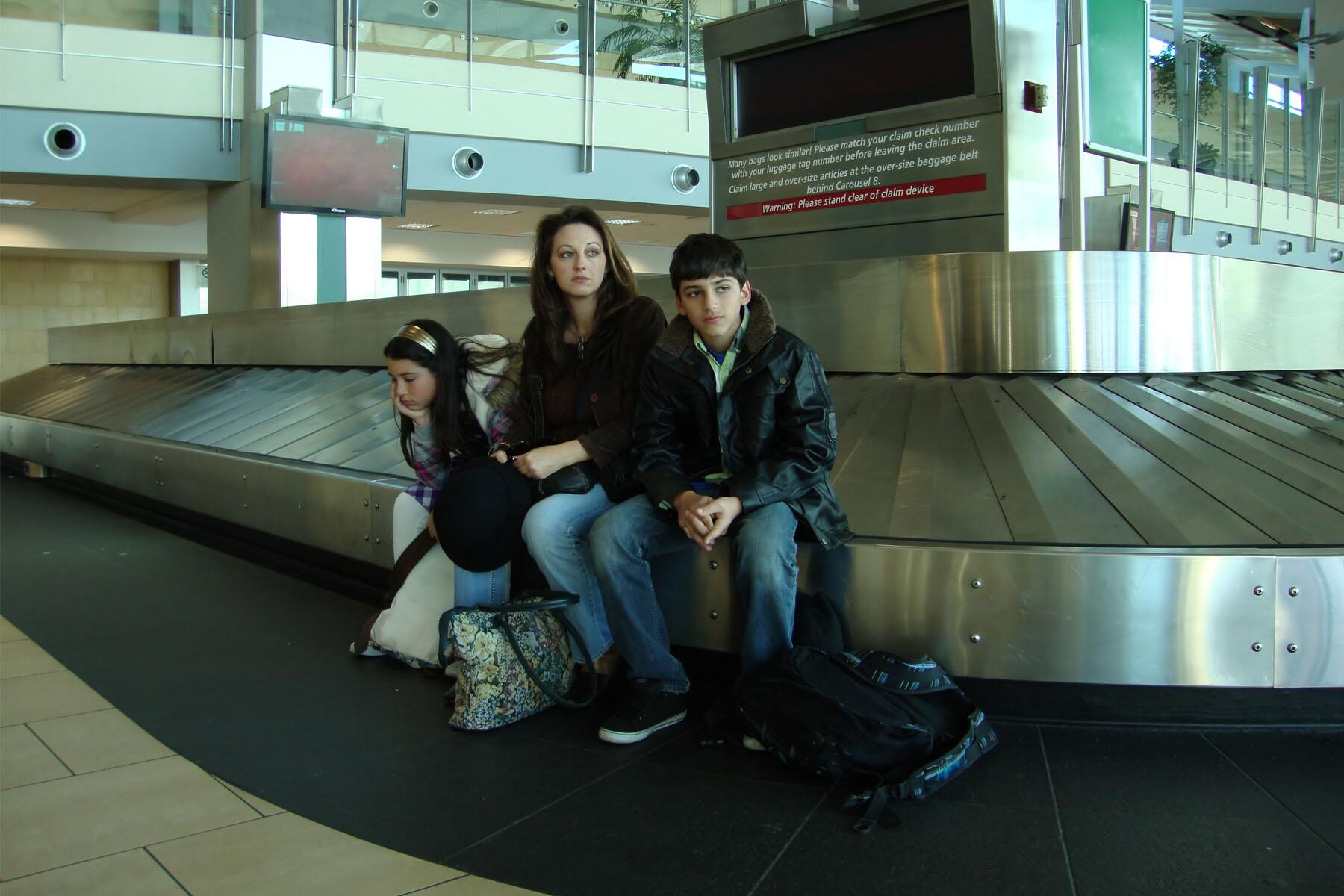Lima
Lima
For almost 300 years, Lima stood as the seat of Spanish power in South America, the stronghold from which a king's decrees ruled an entire continent. Flash-forward to the new millennium. Today, Peru's capital is a vibrant, manic, dirty, traffic-choked, crazily beautiful, endlessly fascinating megalopolis of 10 million people, with an indomitable fighter's spirit and an against-all-odds hope for the future.
It's easy to dis Lima. Homicidal drivers and blaring car horns, pesky vendors, and sooty fumes: the city does its best to make a bad impression. Its own writers have fulminated against it, dubbing it "Lima la horrible." And yet, stand before the jalousied casonas (big houses) of the Plaza de Armas at nightfall, or the cliffs of Barranco with the waves lapping in th...
Read MoreFor almost 300 years, Lima stood as the seat of Spanish power in South America, the stronghold from which a king's decrees ruled an entire continent. Flash-forward to the new millennium. Today, Peru's capital is a vibrant, manic, dirty, traffic-choked, crazily beautiful, endlessly fascinating megalopolis of 10 million people, with an indomitable fighter's spirit and an against-all-odds hope for the future.
It's easy to dis Lima. Homicidal drivers and blaring car horns, pesky vendors, and sooty fumes: the city does its best to make a bad impression. Its own writers have fulminated against it, dubbing it "Lima la horrible." And yet, stand before the jalousied casonas (big houses) of the Plaza de Armas at nightfall, or the cliffs of Barranco with the waves lapping in the distance, and you'll feel something stir. Lima, like no other city, gets under your skin.
The city's history has been as seismic as the earthquakes that periodically shake it. Founded by Francisco Pizarro as La Ciudad de Los Reyes—The City of Kings—in 1535, it was for centuries the capital of the Viceroyalty of Peru, which stretched from present-day Colombia to Argentina, and whose silver and gold, flowing into Lima's coffers from the mines at Potosí, made it one of the richest cities in the world. After being liberated from Spain by José de San Martín in 1821, the town was visited by an odd assortment of notables, from Charles Darwin to Herman Melville, who called its mist-shrouded streets "the strangest, saddest thou can'st see."
Then came expansion. The walls that had surrounded the downtown were demolished in 1870, making way for a burgeoning population. A former hacienda yielded to the opulent residences of San Isidro; the construction of tree-lined Avenida Arequipa brought beachgoers to Miraflores and Barranco. Suddenly, following World War II, everything exploded. Migrations from the Andes spiked. Terrorist convulsions in the 1980s caused whole districts to spring up, sometimes literally overnight. By 1990, Lima's population had surged to over 6 million. Crime intensified; traffic slowed to a crawl.
Fast-forward three decades. Today, the once-dystopic capital is a bustling urban hive, with all the excitement—and problems—of modern megacities. Lack of planning and faulty infrastructure still cause headaches, and too many limeños live in impoverished pueblos jóvenes (improvised shantytowns on the city's hillsides). But Lima makes up for its chaos with its buoyant energy and never-throw-in-the-towel spirit.
Since 2000, Peru's stability and economic resurgence have injected new life into its capital. Gastronomy, mining, and textiles are booming, flooding the city with cash. Residents who used to steer clear of the historic centro now happily stroll its streets. Who knows? Perhaps Peru’s City of Kings is on its way to becoming regal once more.
Recommended Fodor’s Video
Neighborhoods
Hotels
Things to Do
Things to Do
Explore Things to Do
Find the perfect tours and activities in Lima.
Where to Eat
Where to Eat
Need to Know
Need to Know
Language
Spanish, Quechua, AymaraNearby Airports
LIMElectrical Outlets
220v/60 cycles; plugs are U.S. standard two-prong or European standard with two round prongs. Power converter needed.Currency
Nuevo solLanguage
Spanish, Quechua, AymaraElectrical Outlets
220v/60 cycles; plugs are U.S. standard two-prong or European standard with two round prongs. Power converter needed.Currency
Nuevo solNearby Airports
LIMNeighborhood Guides
Discover the best neighborhoods in Lima with curated recommendations from our editors.
Local Weather
Neighborhood Guides
Discover the best neighborhoods in Lima with curated recommendations from our editors.
Local Weather
Neighborhood Guides
Discover the best neighborhoods in Lima with curated recommendations from our editors.


















